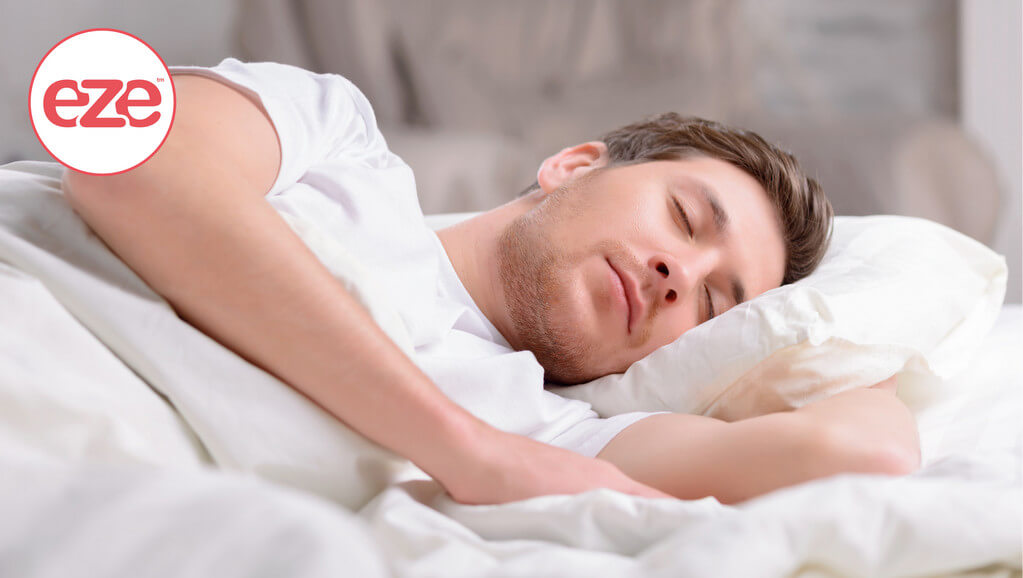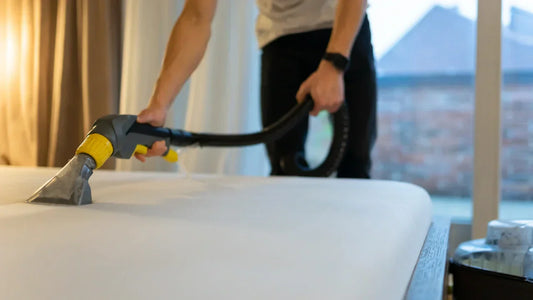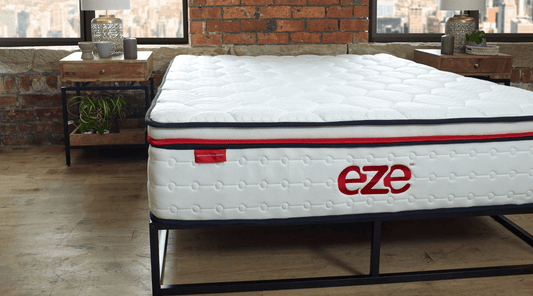As humans we are all completely individual and our sleep habits are no different. Whereas some of us are straight back-sleepers, staying in the same position through the night, others of us move around greatly, rolling from our backs to our sides and perhaps even onto our stomachs.
Although we are not always in control of the position in which we sleep through the night, we generally pick up certain habits, which stay with us until we try to change them. Back sleeping, or supine sleeping as it’s otherwise known, is generally known for being the king of sleeping positions when it comes to neck and spin alignment, thus reducing the risk of neck, back or head pain. However, there are also benefits to sleeping on your side, which have been well researched and documented. In this article we will take a look at all things related to side-sleeping as a main position in bed.
What Are The Benefits of Side Sleeping?

Sleeping on your left or right side can offer benefits to your body, providing that it is done correctly! Side sleeping can reduce both lower back pain as well as joint pain in the shoulders and hips.
Snoring, a common symptom of sleep apnea, is also often relieved by obtaining a sideways position in bed. This is because side sleeping helps to reduce the compression of your airways during the night as you lie in bed.
Side sleeping could also be a good option for those who suffer with gastroesophageal reflux disease. This is because in a back-sleeping position, gravity doesn’t keep the stomach acid in the stomach, whereas on your side, it keeps much more contained. Side sleeping also helps your digestive system to function better throughout the night, improving your overall gut health as a result.
Are There Any Drawbacks To Side Sleeping?

Despite the benefits that side sleeping can offer some people, it can have some drawbacks for others. One of the most popular complaints linked with side sleeping is shoulder pain. For example, if you sleep on your right side, your right shoulder might tend to collapse into your pillow or mattress or otherwise hunch up towards your neck or right ear. This can cause a misalignment, causing you to wake up with pain or aching.
Sleeping on your left side is also recommended over your right side generally. This is because by sleeping on your left, your vital organs are free to get rid of toxics as you sleep. This is especially true during pregnancy when sleeping on your left can help to keep your uterus off your liver, which is located at the right side of your abdomen.
What Is The Best Mattress Type For a Side Sleeper?

When it comes to finding the best mattress for a side sleeper, you will be looking for one that doesn’t fall into the firm category, but nor the very soft category either. Your perfect mattress will fall somewhere in between.
A mattress that is very soft might feel comfy on your shoulders and knees as you begin your sideways sleep, however, following that, it won’t offer any support for your joints during the night. At the other end of the scale, a very firm mattress will make it hard to get comfy on your side as it won’t support your body shape in this position and may cause further aggravation and pain to your sleeping shoulder.
Our eze mattresses are specifically designed to suit the sleep habits of our customers. Our eze™ Hybrid Ultra mattress, for example is soft, without being too soft. It eliminates pressure points for side sleepers, while still delivering support where your body needs it most. 800 individual POCKETeze™ springs are supported by layers of breathable MEMOReze™ foam that adjusts to your body for an undisturbed sleep.
Any Other Tips For Side Sleepers?

Side sleeping best practice can help further improve the benefits of this position. Keeping your hands and arms down below your face and neck can reduce shoulder tension and keeping your ears in line with your shoulder can help to keep neck strain at bay.
Finally, for those with lower back complaints, sleeping with a pillow between the knees can often help. This will help to prevent a collapse of your knee and hip joints, therefore creating a better overall alignment of your spine.









